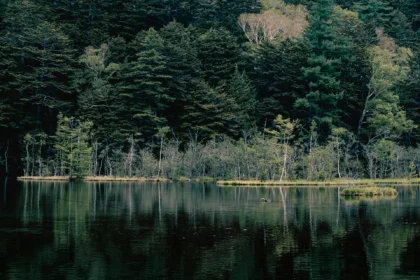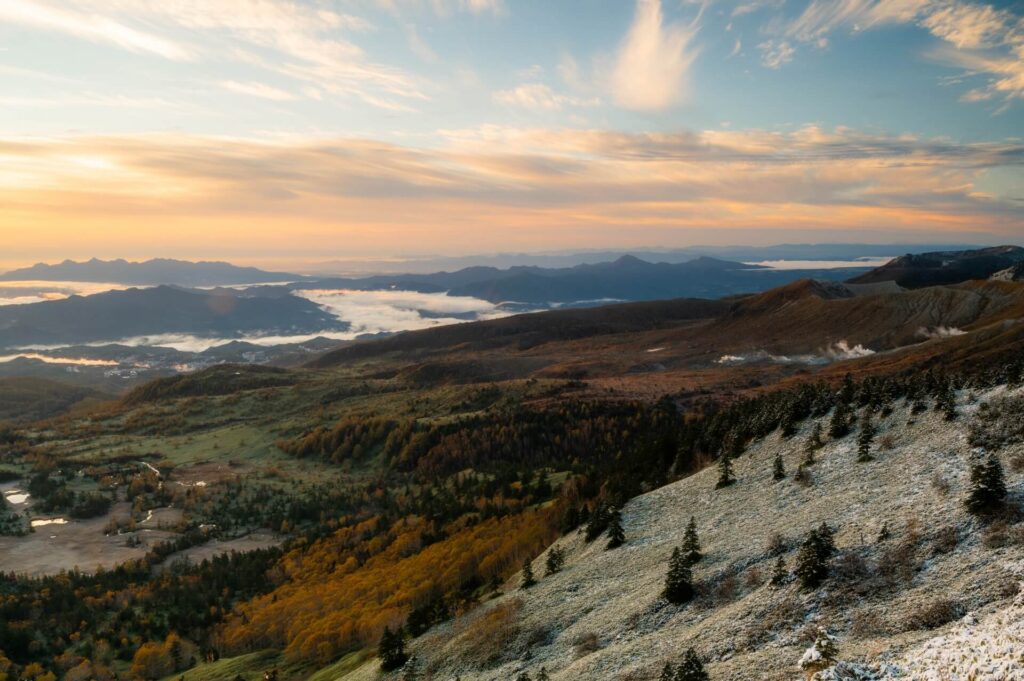
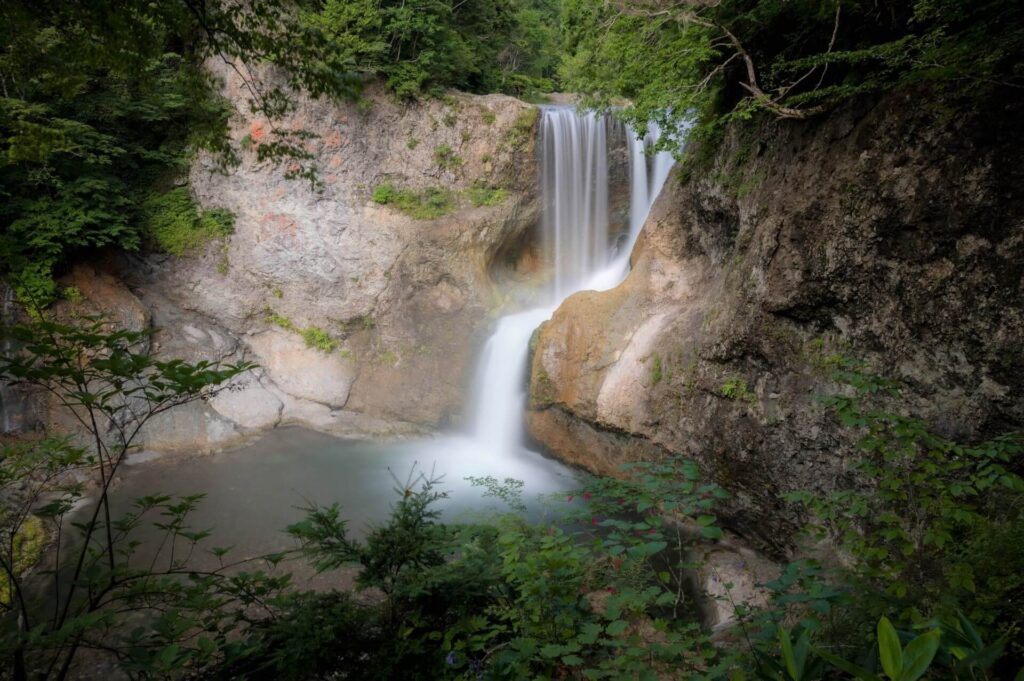
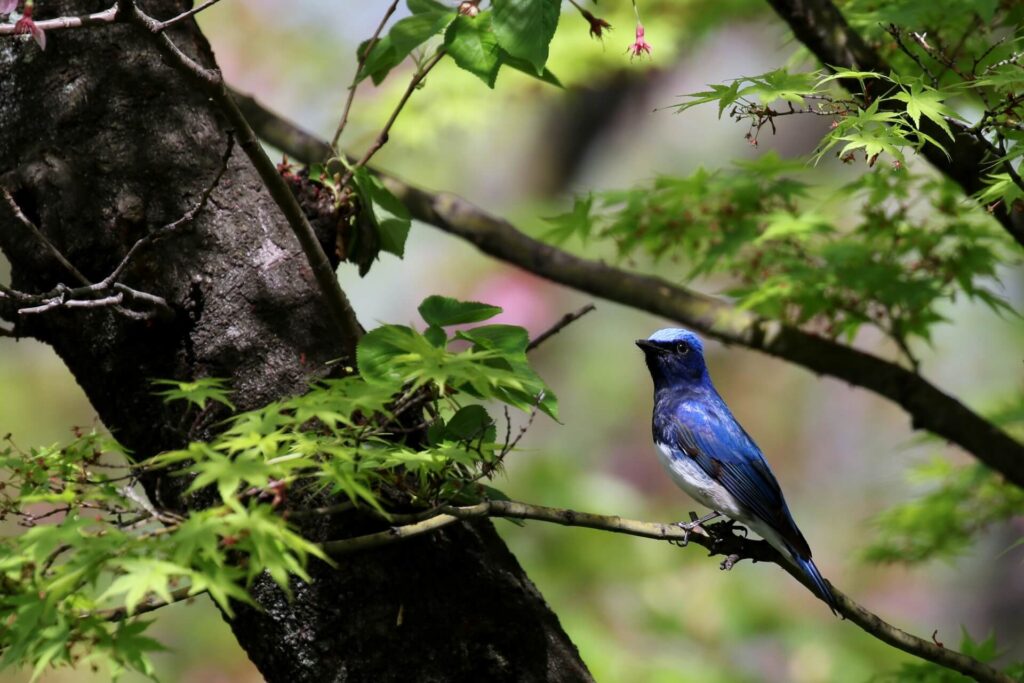
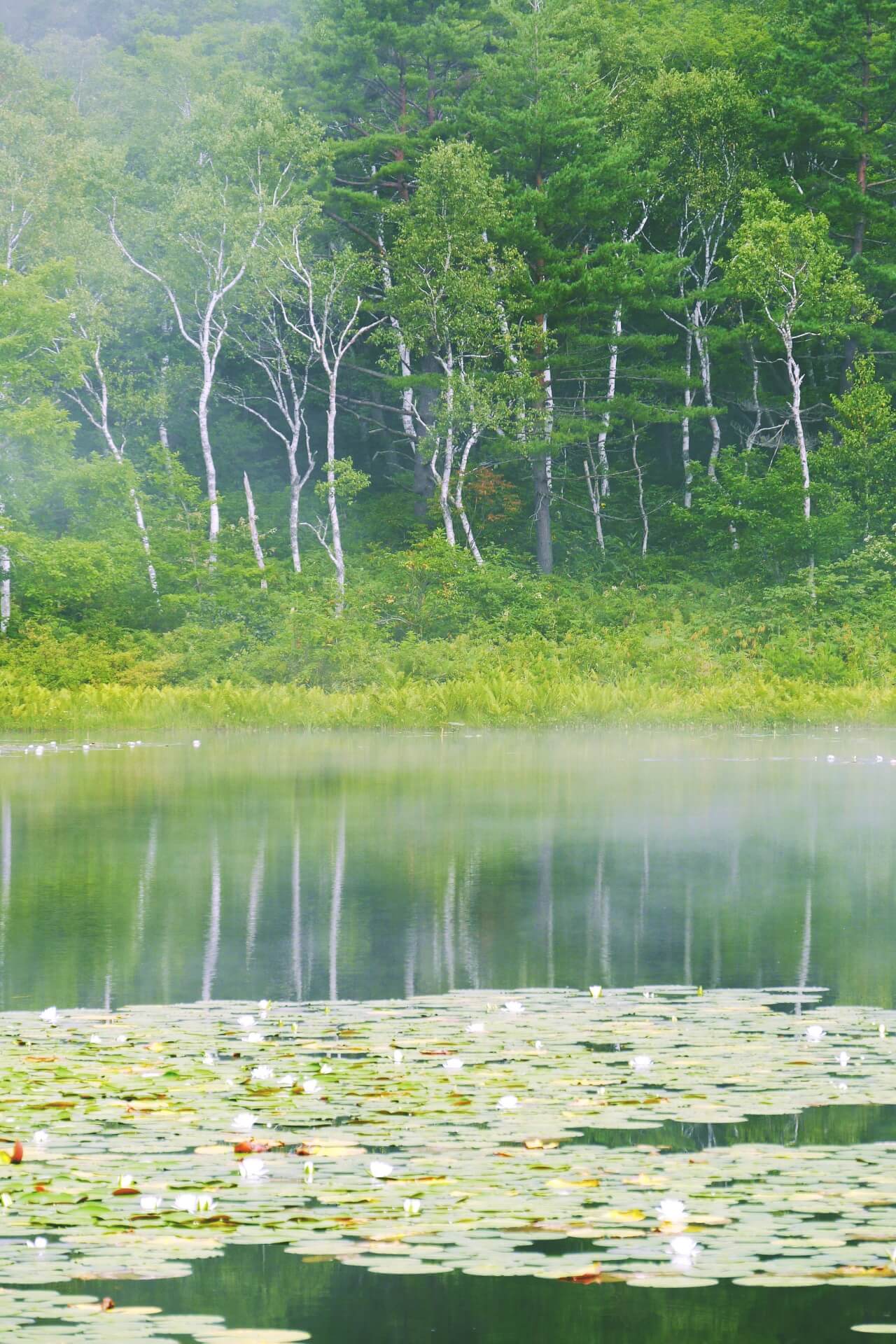
Shiga Kogen Highlands was designated as a UNESCO Biosphere Reserve in 1980 in recognition of its ecological importance and as a regional model for putting practices in place that promote the coexistence of nature and human society. While that may sound a little academic, visitors to Shiga Kogen will discover an expansive landscape of multiple mountain peaks and alpine valleys, fantastic hiking trails in summer, deep snow in winter, and a diverse range of wildlife. It is recorded that sixty-four bird species are found in the highlands along wth Japanese macaques, ermines, serows, bears, rabbits, and various types of reptiles, insects, and butterflies.
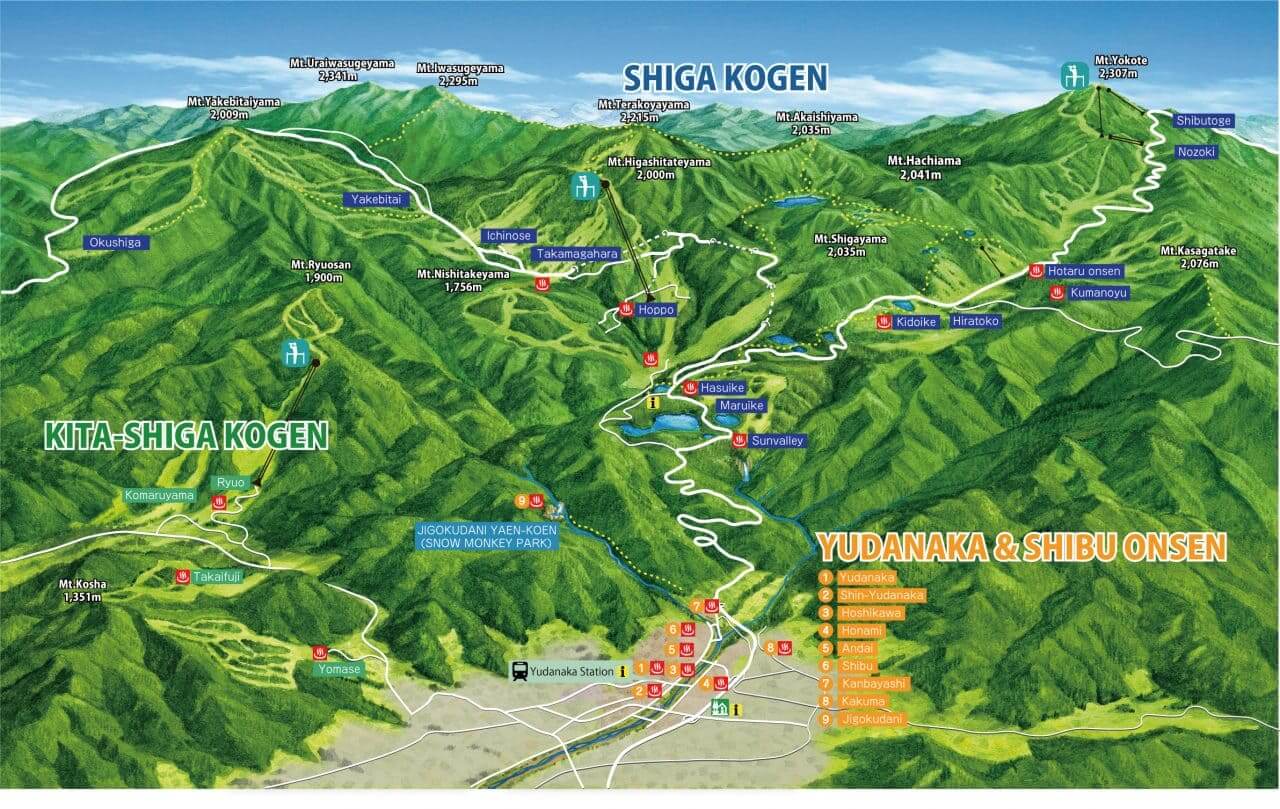
Mostly prominently, Mt Kusatsu-Shirane - rising 2160m above sea level - remains an active volcano and is said to hold the world’s most acidic lake within its caldera. Below it's brooding summit, a mix of forests cover much of the lower landscape - under 1600-1700 - before giving way to unique alpine vegetation and barren, rocky peaks at the highest altitudes. Approximately 70 marshes, lakes, and ponds are scattered through the highlands, known for their beauty and clarity of water. Human intervention is attested to by secondary forests, bamboo groves, and orchards.
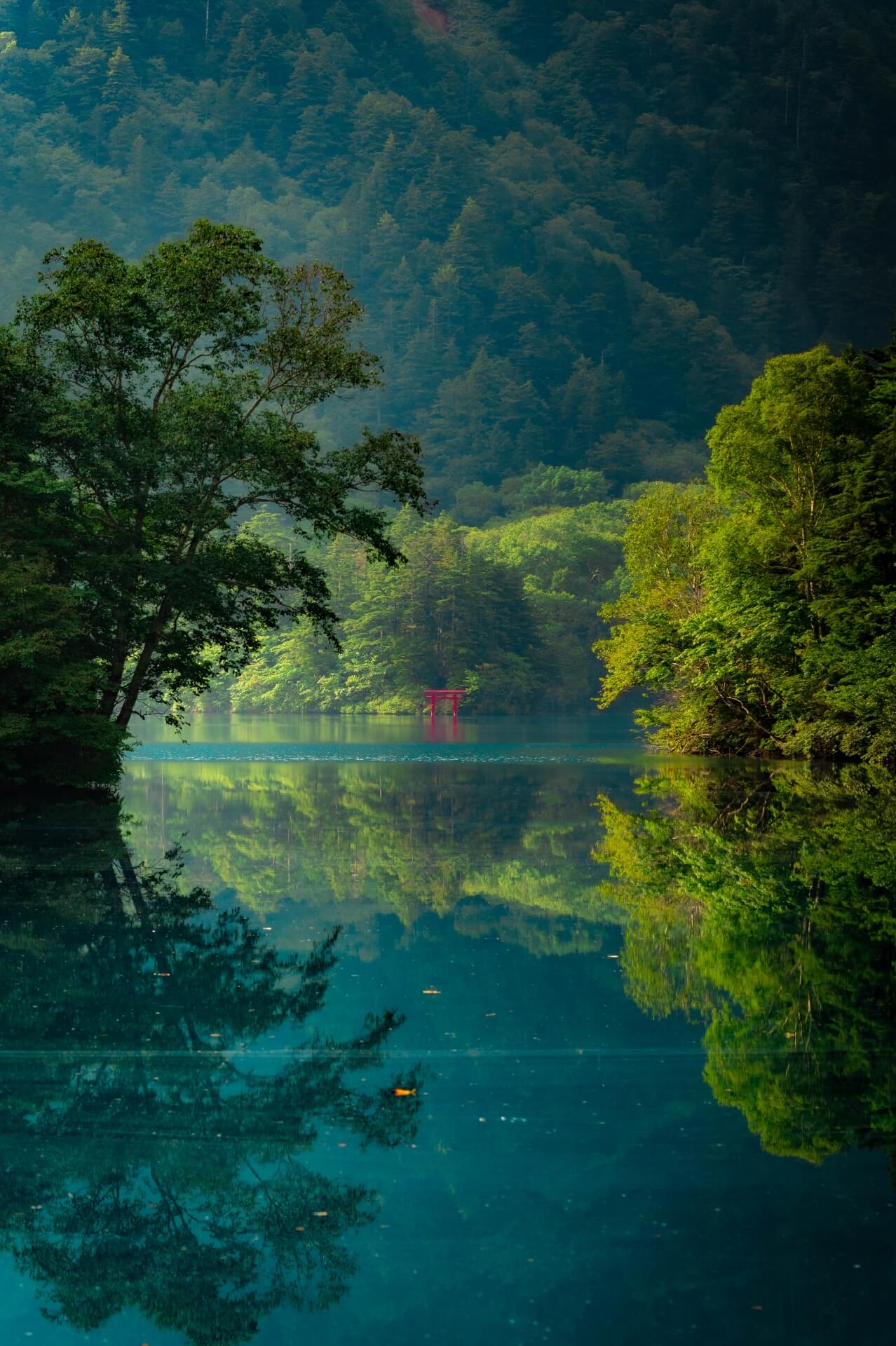
The beauty and significance of Shiga Kogen Highlands is well-known among Japanese but less well-known among international visitors. Hiking through the highlands is a fantastic way to escape the summer heat (the temperature in Shiga is regularly 5°C to 10°C lower than the valleys below) and breathe in the beauty and true ecological importance of this stunning region. The highlands boasts multiple gondolas and chairlifts, with several operating throughout the year including the Higashidateyama Ropeway which ascends to a beautiul alpine botanical around located around 2000 metres above sea level, along with the Yokoteyama Chairlift which rises to over 2300 metres above sea level.
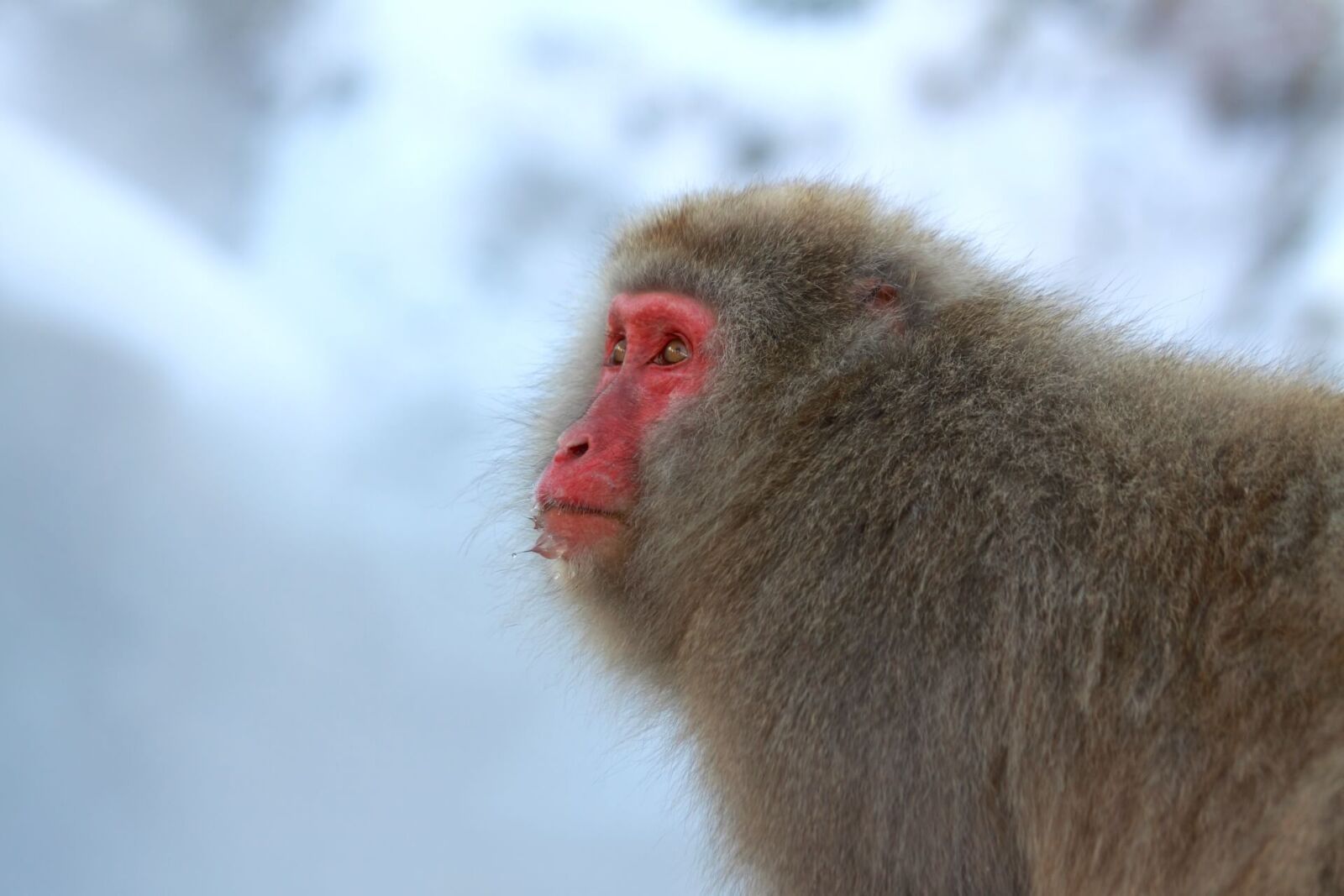

In winter, Shiga Kogen Ski Resort attracts skiers and snowboarders from all over the world. As Japan’s largest and highest ski resort, Shiga Kogen boasts Nagano’s longest season, most reliable snow conditions and greatest extent of interconnected terrain. Host of multiple events during the 1998 Winter Olympic Games, Shiga Kogen hangs onto its distinctly Japanese character and is an ideal destination for skiers and snowboarders looking for a multiday winter getaway.
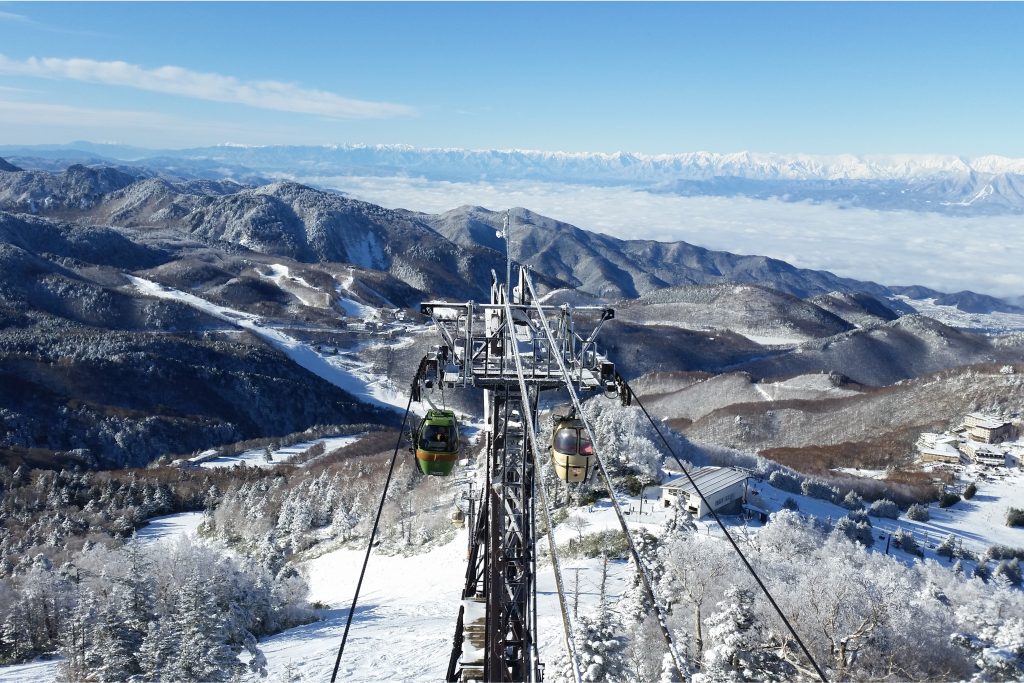

If you are nature lover or someone who simply likes to escape the hustle and hum of the daily life, a keen photographer, a winter or summer sports enthusiast, a mountain-scaling hiker or a casual stroller, the highlands should be on your list of destinations while in Japan. Pack a daypack, don’t forget your camera, and escape to the highlands! For accommodation listings in the area, see our 'Shiga Kogen Area' hotel page.
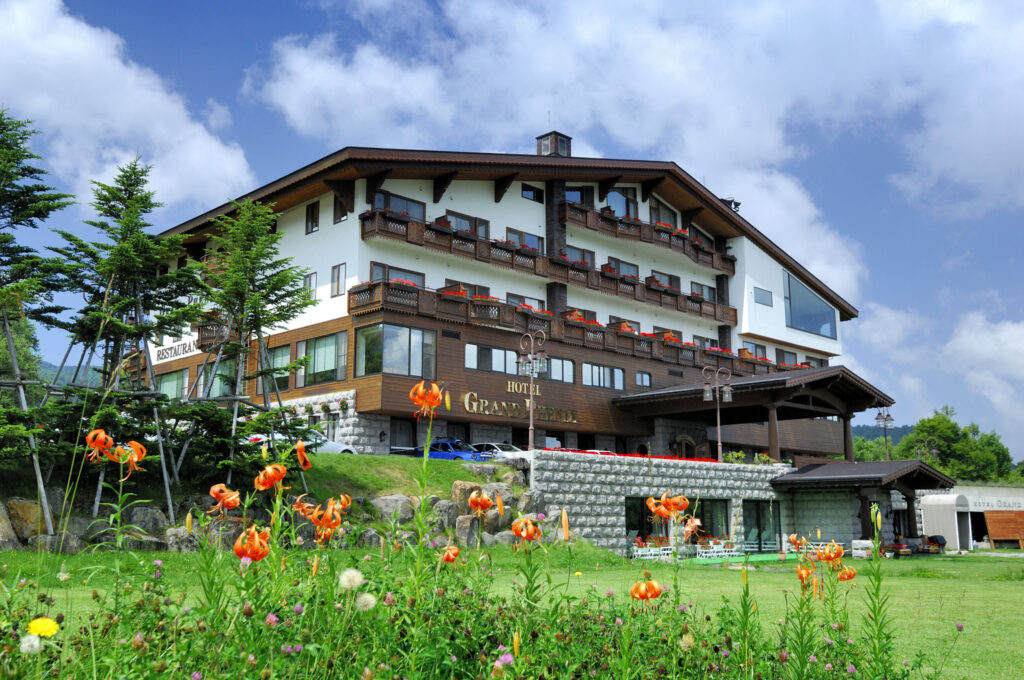

The highlands are easy to get to by car or public transport. Express bus services run from Nagano Station to the Shiga Kogen Mountain Station, from where local bus services run to most areas. Alternatively, driving yourself is a great option especially from May to mid/late-November, when the Shiga Kusatsu Kogen Route is open to the public. Running from/to the nearby Jigokudani Monkey Park through Shiga Kogen Highlands to the famous hot spring town of Kusatsu Onsen, the route takes visitors past Mt Shirane, Mt Yokote and other scenic areas.
What is a ‘UNESCO Biosphere Reserve’?
Designated by the United Nations Educational, Scientific and Cultural Organization (UNESCO) – the same organisation that awards World Heritage status to cultural and natural sites around the world – ‘Biosphere Reserves’ are ecologically important landscapes, the conversation of which promotes principles of biodiversity and act as places of learning for sustainable development.
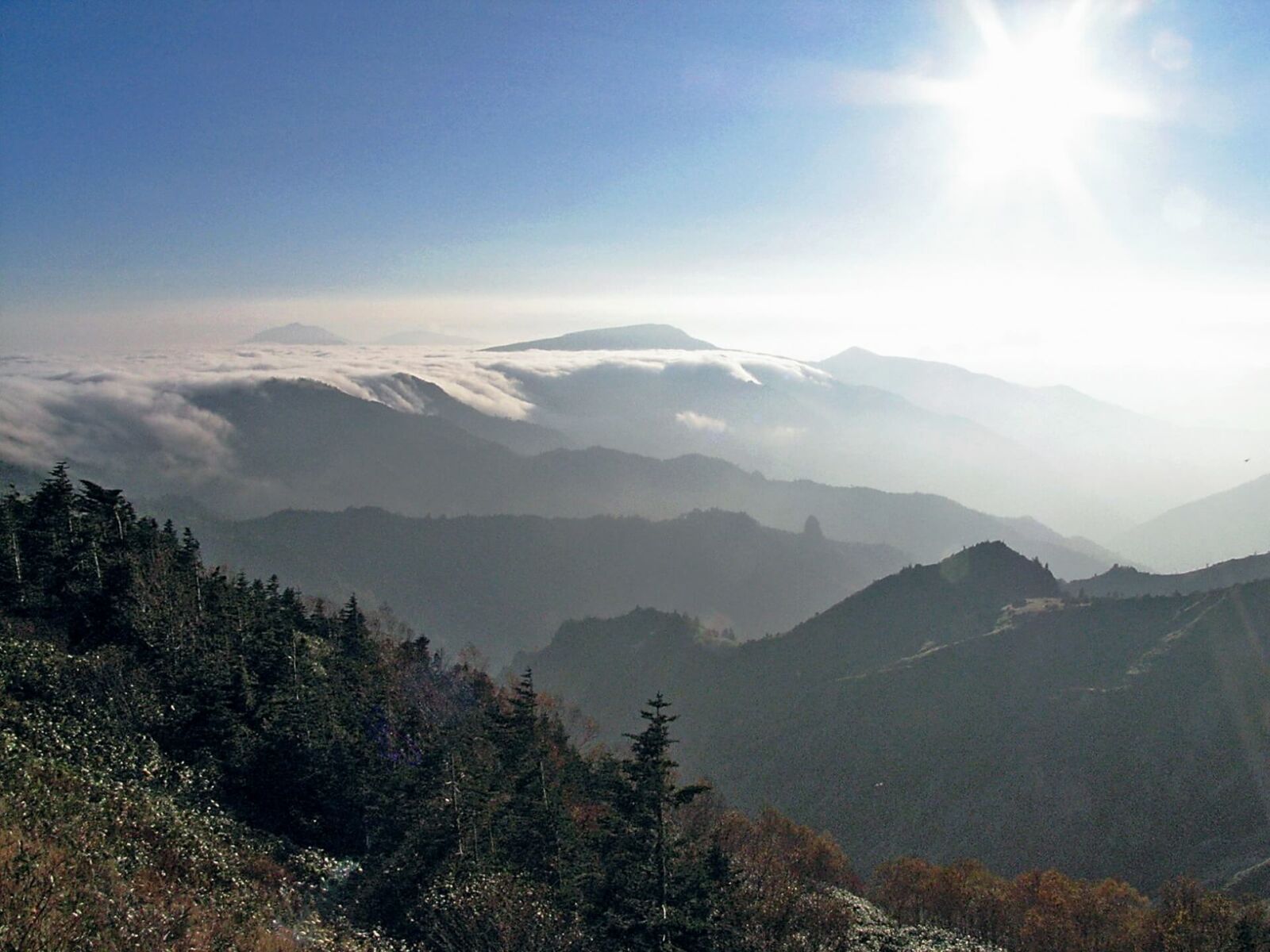
They are managed as places of best practice, learning and community engagement for tackling global challenges including environmental degradation, climate change and the interaction of humankind with nature.
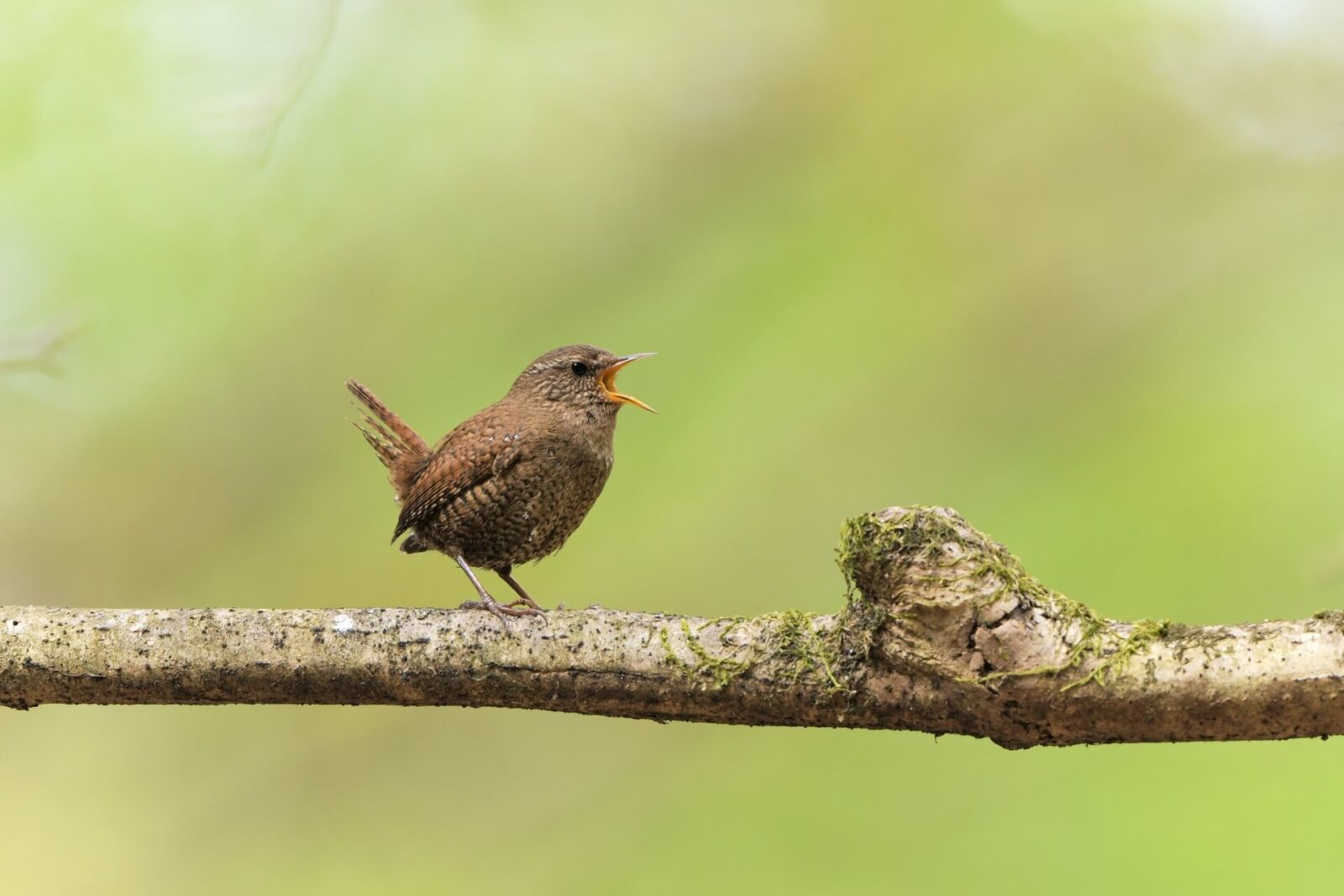
As of 2021, there are 714 biosphere reserves in 129 countries. Each reserve is designated a biosphere after various screening processes conducted by a UNESCO committee to the nomination made by the regional/national government with some periodic review. Japan has 7 biosphere reserves, including Yakushima in the Kyushu region and the Southern Alps in Yamanashi Prefecture. Among them, Shiga Kogen Highlands is one of the oldest reserves which has managed the biodiversity of the area over decades.














